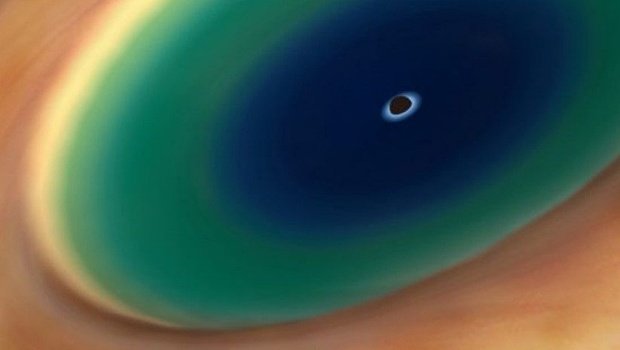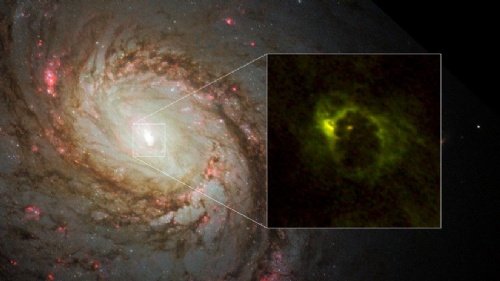Scientists managed to observe the spiral galaxy M77, located 47 million light years from Earth.

Astronomers have photographed for the first time the density of gas and dust that surrounds an active black hole ring, a discovery described in The Astrohysical Journal Letters that will help better understand how supermassive black holes and galaxies evolve .
To achieve this, a team of astronomers led by Masatoshi Imanishi has used the Atacama Large Millimeter / Submillimeter Array ( ALMA ) radio telescope complex located in the Atacama desert in northern Chile. The place is characterized by its high resolution thanks to the fact that it has 66 high-precision antennas and an interferometer, which allows you to capture snapshots in which small details can be seen that other telescopes can not detect .
In the SOUL, these scientists observed the spiral galaxy M77, located in the constellation of China, 47 million light years from Earth. At its center, the researchers detected a compact gas structure with a radius of 20 light years that they estimate revolves around a supermassive black hole.

Nowadays, it is known that the center of all active galaxies has a supermassive black hole that absorbs the matter that surrounds it. Experts know that a dense ring of gas dust should revolve around it and, although some astronomers found signs of its existence, until now it had been impossible to fully study its physical, chemical and dynamic properties due to its small size and the distant distance.
The ALMA telescope has also helped to make many other discoveries, such as photographing different galaxies, the surface of distant stars and the planets that are born around them. He recently joined the Event Horizon Telescope project, in which telescopes around the world observing the surroundings of a black hole located in the center of the Milky Way.

It’s superb
Downvoting a post can decrease pending rewards and make it less visible. Common reasons:
Submit